Myth & Reality Of Beginner-Friendly Linux Distros
If you go to any Linux Forum or subreddit, you’ll find countless debates where some users are promoting certain distros as the best for beginners, while others try to dismiss them. So the Question is: Why are some Linux distributions labelled “beginner-friendly” while others are not? Why are Ubuntu, Linux Mint, Manjaro and ZorinOS labelled as “beginner-friendly Distros” while Arch and Gentoo are regarded as for Pros? If you have also found yourself caught in the middle of this discussion, don’t worry, because you are not alone.

Some Linux Users praise one distro while others try to tear it down, and a few insist, “X distro is the best, and everything else is garbage.
But let’s pause for a second. Why are we fighting over which distro is better? In reality, all these distributions are part of the same family. Under the hood, they’re all GNU/Linux. What truly varies is the out-of-the-box experience, not the core system itself. What you can do in Linux Mint can also be done in Fedora. If Ubuntu has a particular look and feel, you can replicate the same in OpenSUSE. And while Arch comes as a rolling-release distro by default, you can make Debian do the same.
So What Actually Makes a Distro “Beginner-Friendly”
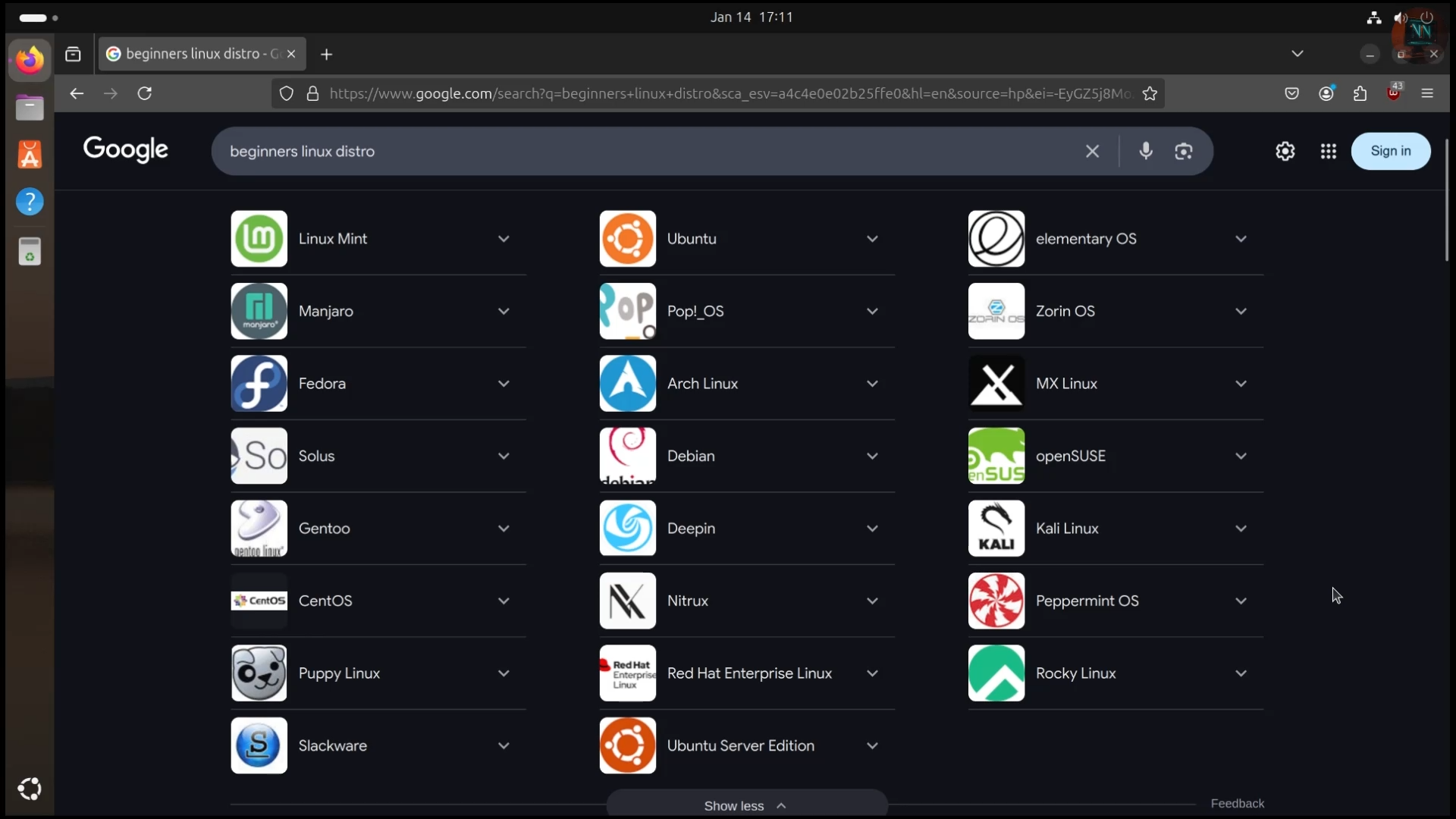
Let’s address this elephant in the room first: What does the term “beginner-friendly distro” even mean? In simple words, it means that these distributions are designed with newcomers in mind and they are tailored to mostly cater to or attract beginners. But does that mean advanced users can’t use these distros? Of course not! Anyone can use them, and there are plenty of examples available where advanced users claim that they use Ubuntu, and on the other hand, there are lots of users who started their Linux journey with Arch Linux back when they were beginners. Consequently, I believe that the number of criteria truly defining a Linux distribution as ‘beginner-friendly’ is quite limited.
And among them, without a doubt, the First criterion is - Simplified Installation
Distributions like Ubuntu or Linux Mint, the pioneers of so-called beginner-friendly distros, feature streamlined installers that guide you through the process, step-by-step, making it easy to get started. You’re not expected to know about disk partitioning, boot loaders, or command-line tools.
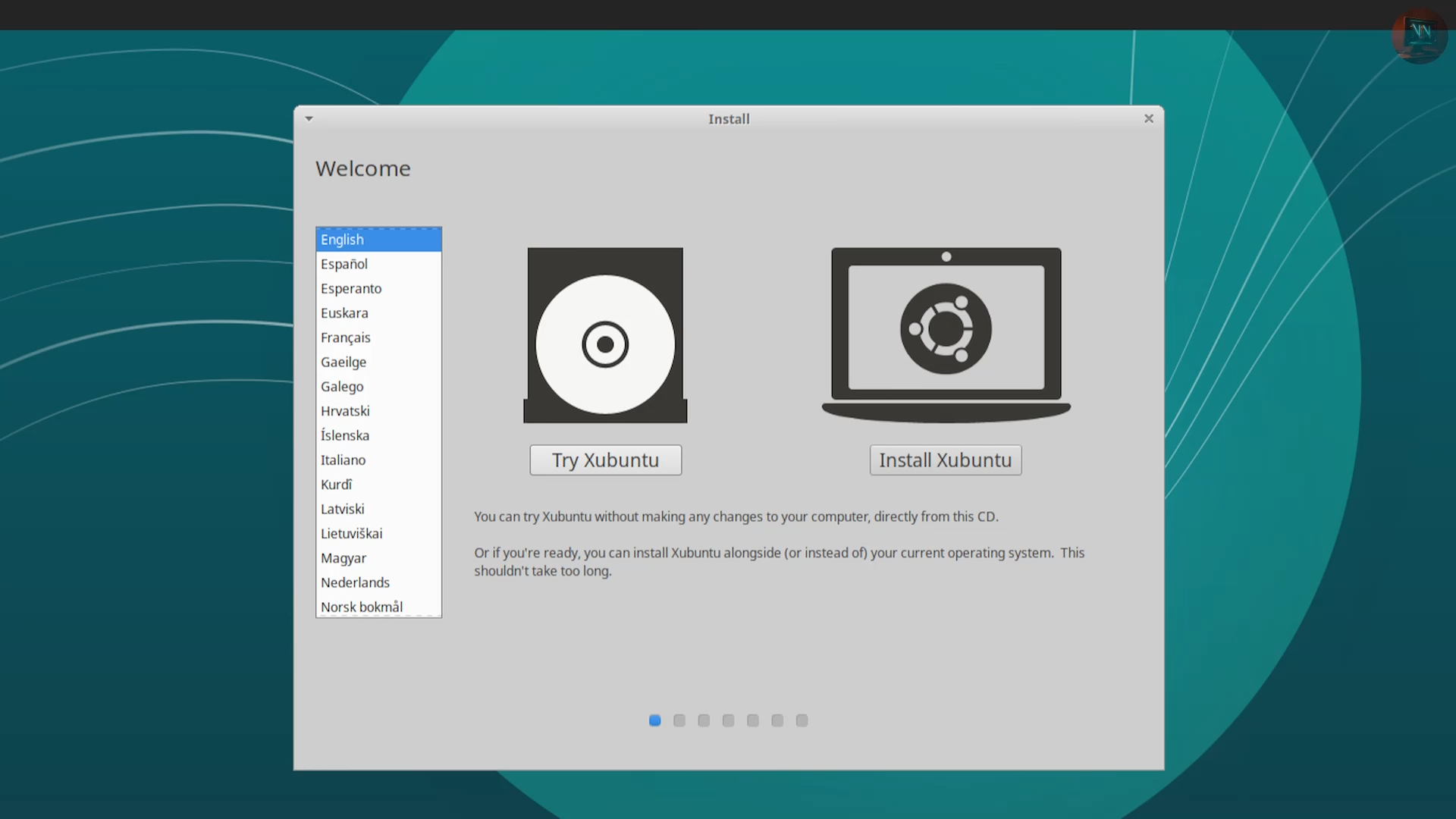
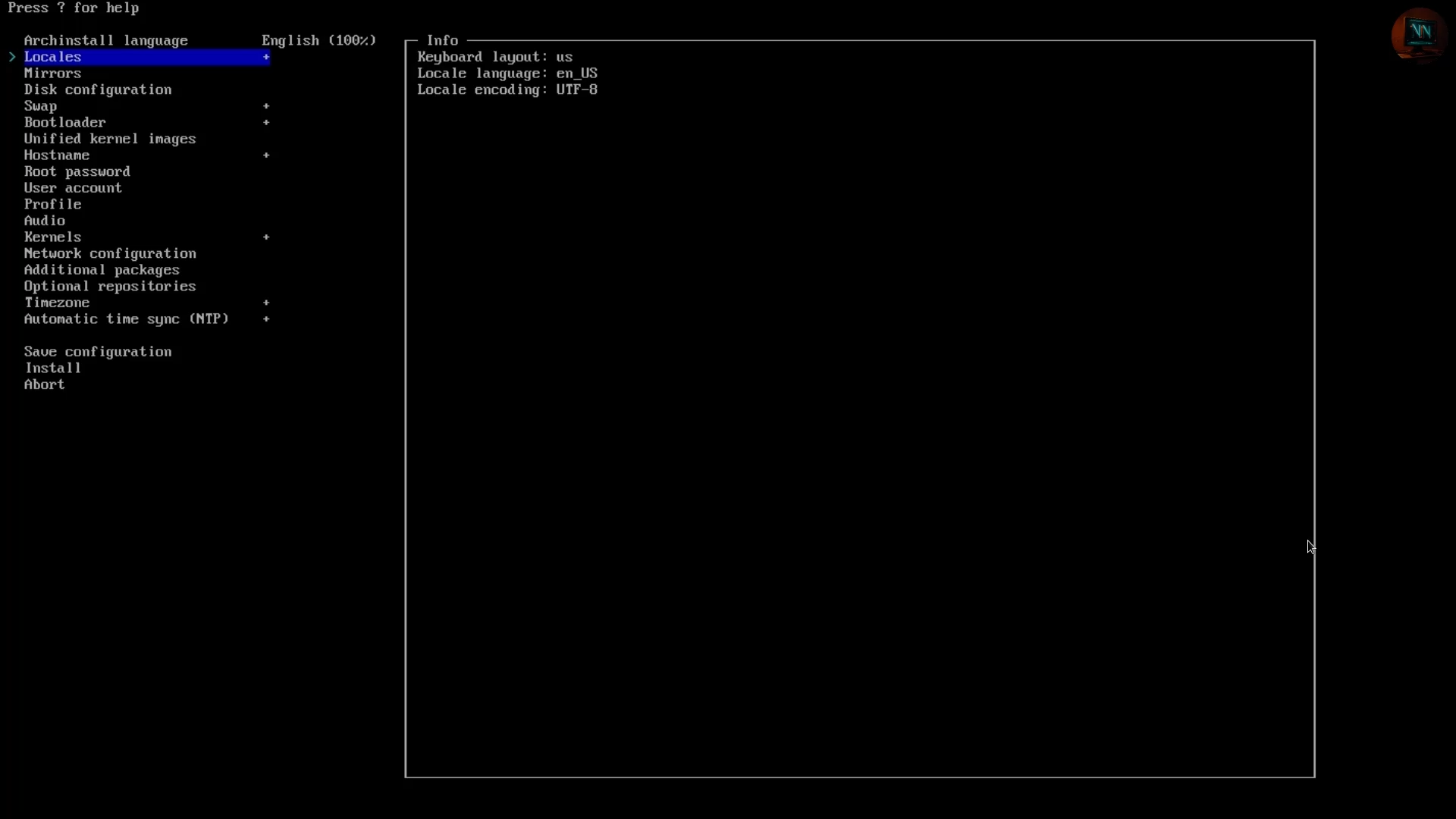
Compare this with Arch Linux or Gentoo. These distros assume you have a certain level of comfort with the command line interface and system configuration, therefore offering you more control rather than a guided installation process. But does it mean their installation process cannot be simplified? Absolutely not! With tools like Archinstall, installing Arch Linux has become very straightforward, even for beginners. Additionally, there are countless guides and tutorials available that demonstrate how you can install Arch Linux using the user-friendly Calamares Installer.
Then moving on to the Second point, which is - Out of the Box Experience
Linux distros like Manjaro, ZorinOS, or PopOS typically come with pre-installed software and codecs, allowing you to start browsing the web, watching videos, or creating documents right away. These distros are designed to be easy to use for new users.
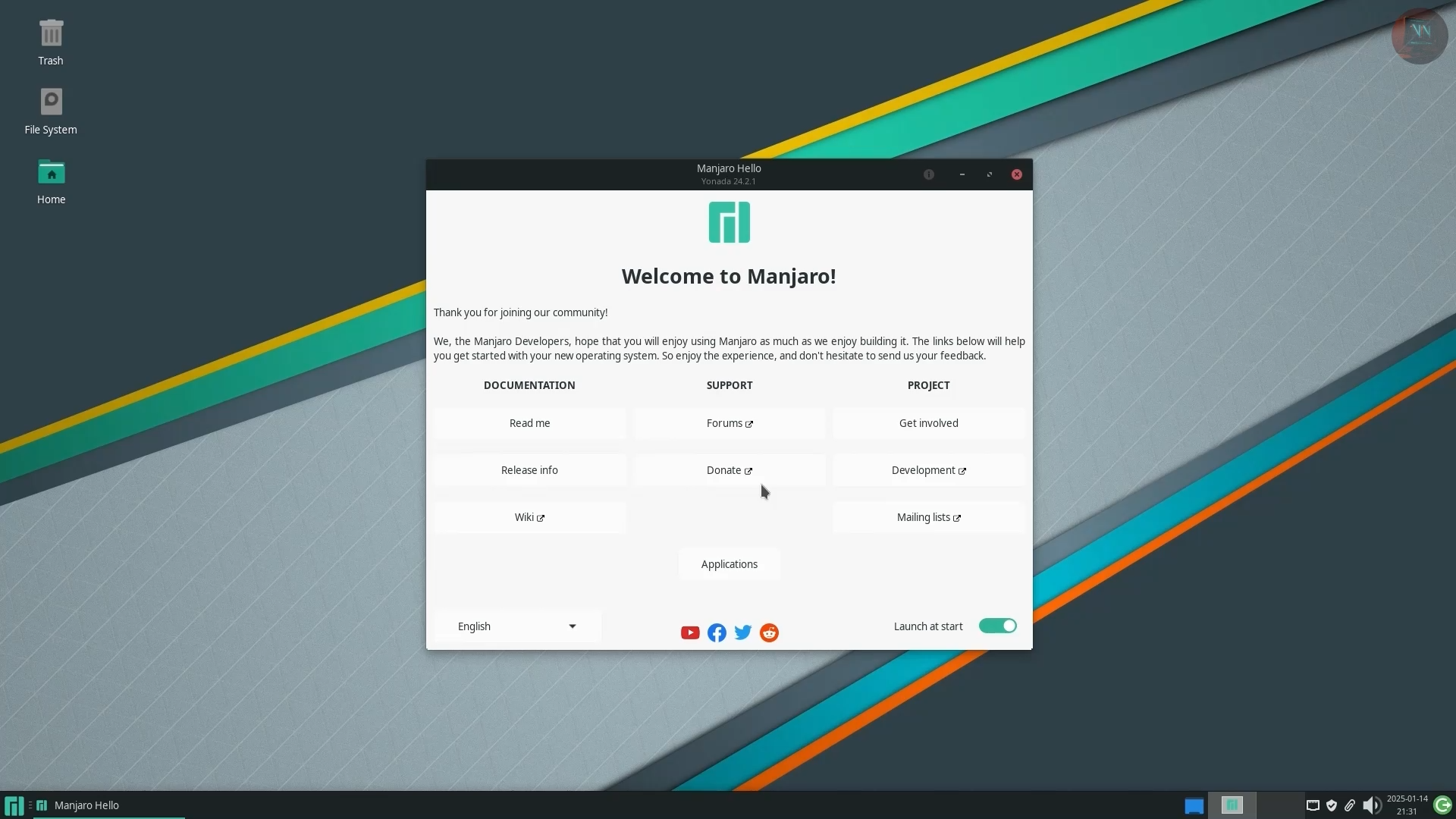
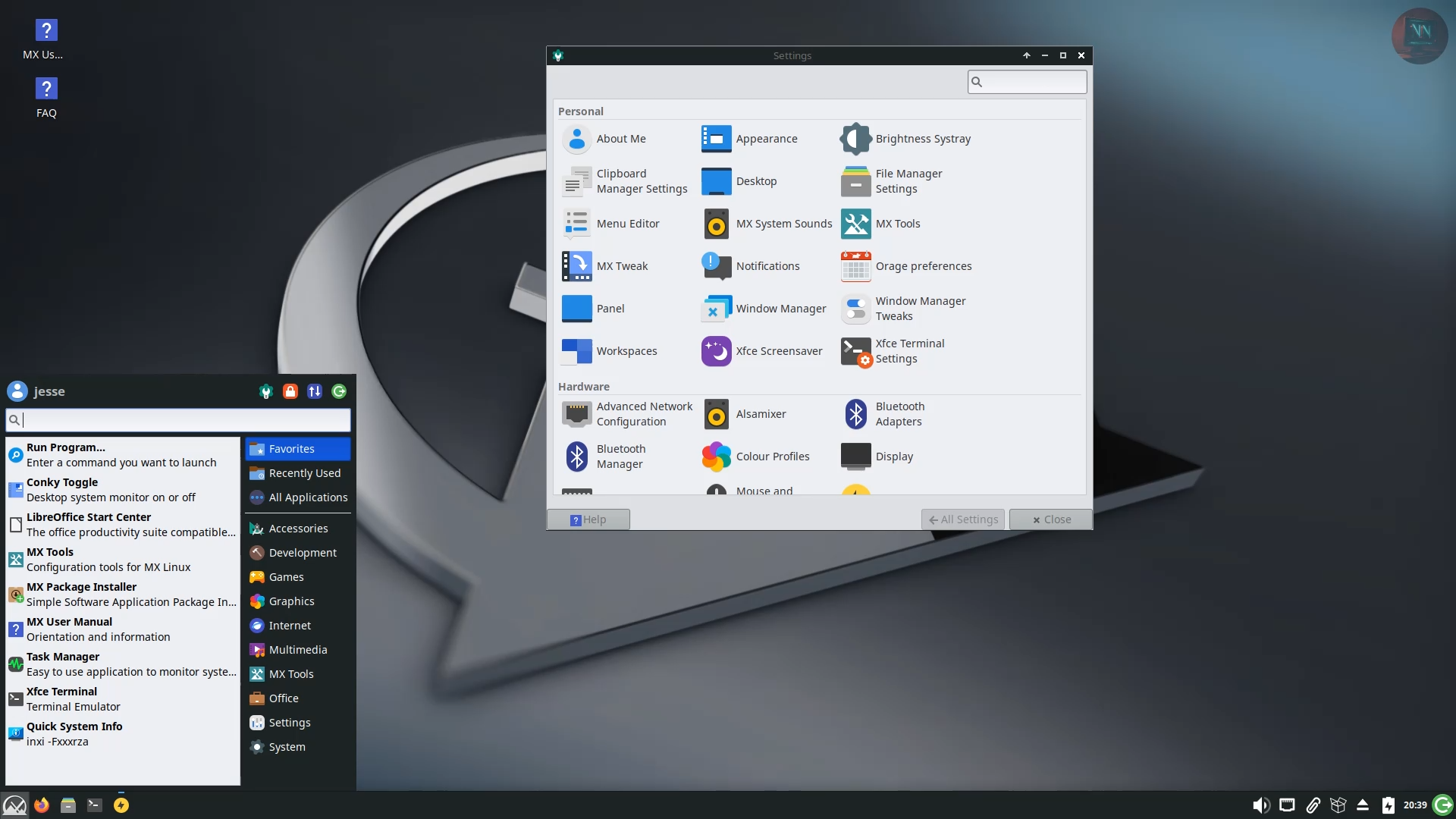
On the other hand, advanced distros often provide a blank slate, giving you full control to customise and build your system exactly how you want it. However, installing software and applications in these advanced distros is also straightforward. You can easily access the built-in software centre of the distro and begin downloading the applications you need.
The Next point you can consider is - User Interfaces
For example, just go to your web browser and open the Distrowatch Homepage and look at the top three Popular Distros, which are Linux Mint, MXLinux and EndeavourOS; all of them come out of the box with easy-to-use desktop environments like Cinnamon, XFCE or KDE Plasma, which feel familiar to users coming from a Windows or MacOS background. They’re designed to be intuitive and easy to navigate.

Comparing that to any advanced distro, they just don’t offer you a default desktop environment, but they give you the option to choose anything you want.
Finally, another major factor is - Community and Support
Now, Popular Distros, which are often termed as Beginner-friendly distros, come with large active communities and extensive documentation, making it easier for newcomers to find assistance. For instance, Ubuntu and Linux Mint forums are renowned for their depth and accessibility.
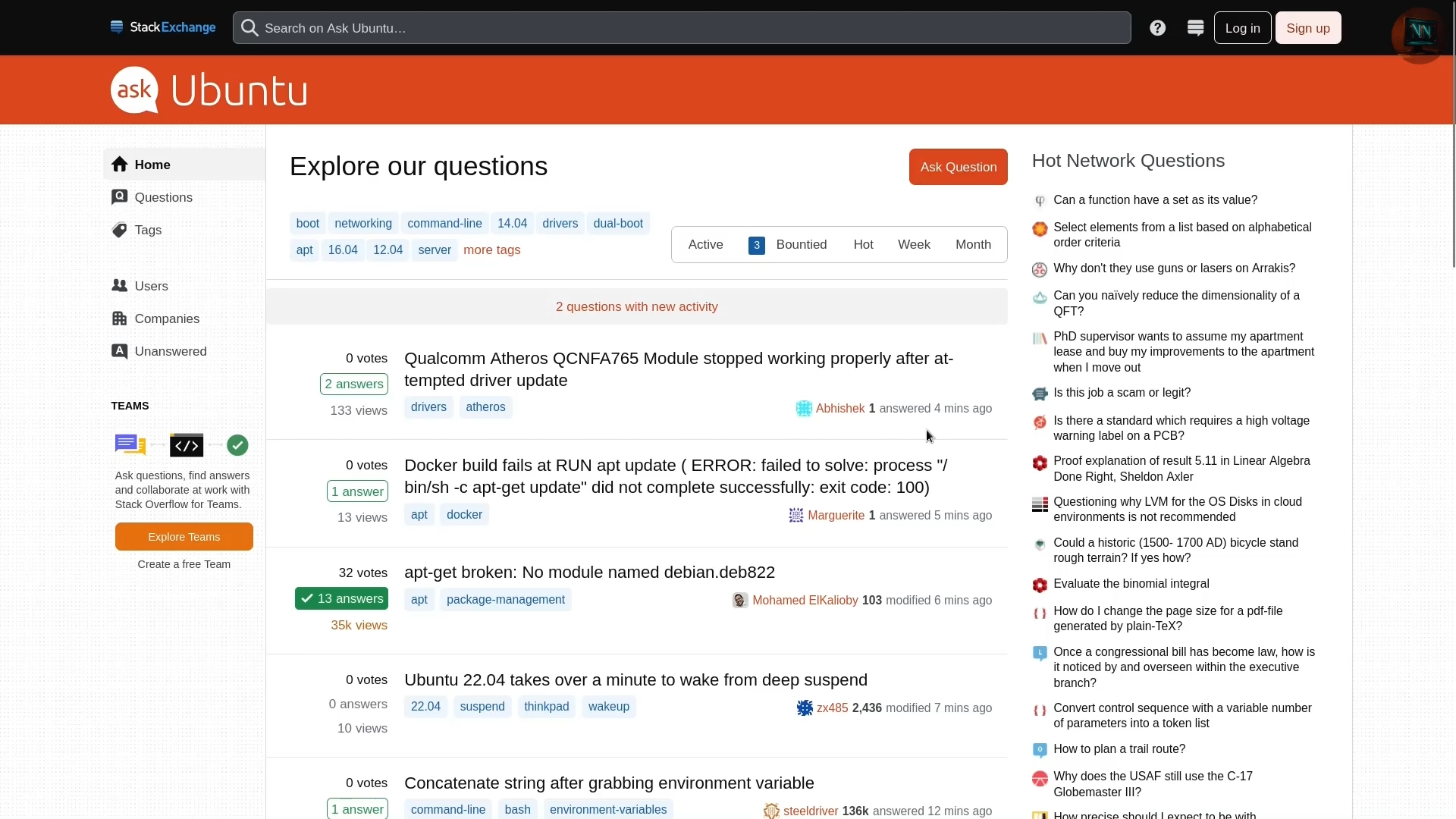
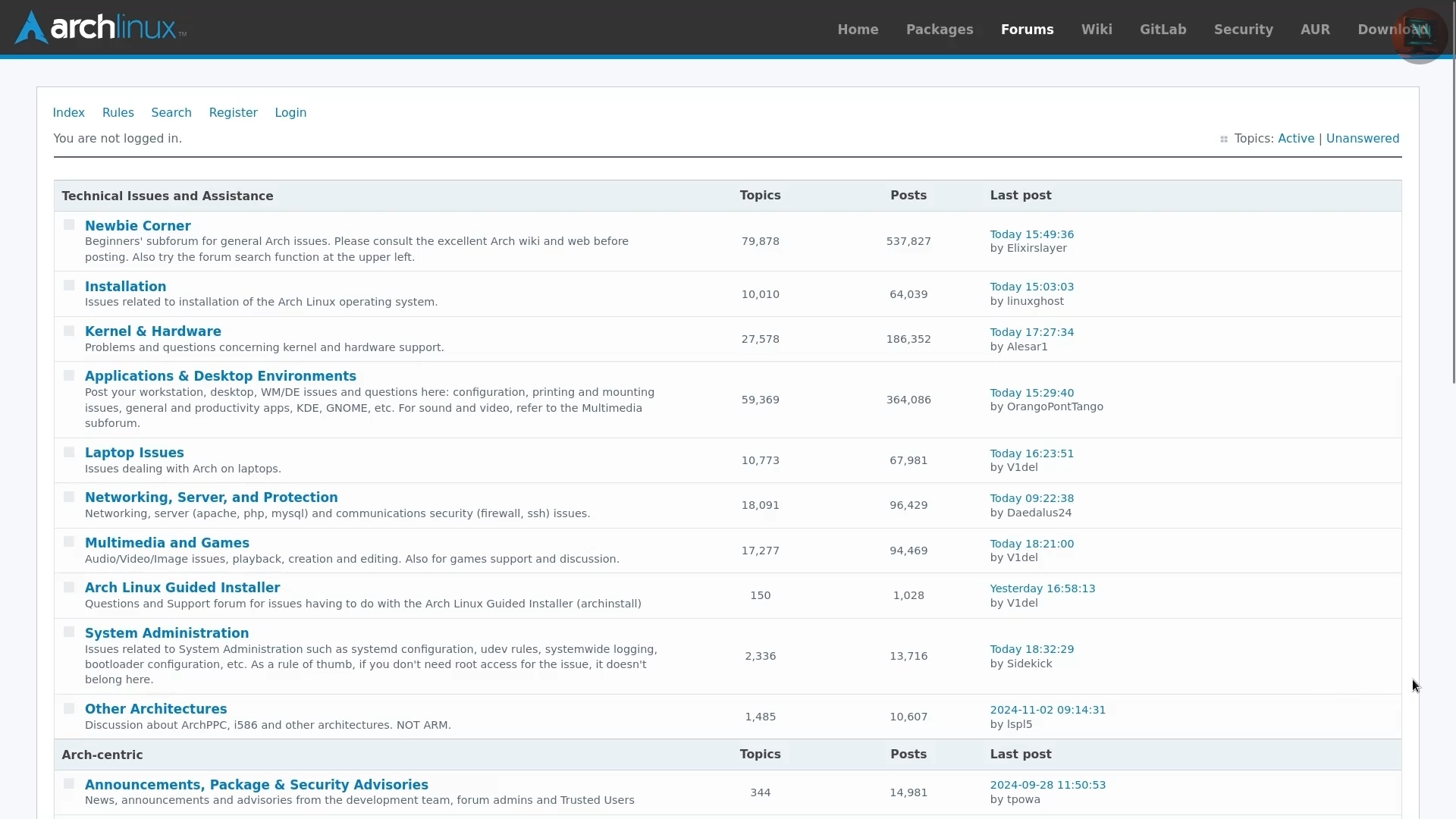
But does this mean that “advanced” distros are lacking in community support? Not at all. Ask any seasoned Linux user, and regardless of the distro they use, they’ve likely relied on the Arch Wiki from time to time. Which, without a doubt, is one of the best Linux documentation resources available on the web.
Do these Ever-Lasting Debates Even Matter?
So now, if you ask me, do these debates over Beginner Friendly Distros Even Matter or not? Then I would say the answer is both Yes and No at the same time.
Yes, It Matters, because, first and foremost, these distros, which are specifically designed for New Linux Users, are incredibly helpful. They act as guides, leading these users by the hand through the exciting, yet sometimes daunting, world of Linux. Secondly, I truly believe that every distro has its place in the ecosystem. For me, it’s like choosing between democracy and authoritarian rule; no system is perfect, but having choices makes all the difference. What works best for one person might not work for someone else, and that’s okay. No matter what they choose, it will still be better than what the two big proprietary ones have to offer.
And I also think It Does Not Matter because no matter what Linux distro you’re using, fundamentally, you are using a variation of GNU/Linux. They all share the same core, support similar software, and uphold the same open-source principles. While they may differ in kernel versions, desktop environments, and package managers, these differences can be largely circumvented. With sufficient effort, you can customise any Linux Distribution to function and appear in a manner that suits your preferences.
This Debate Actually Hurts the Community
In reality, I think that fighting over which distro is better often scares away newcomers. Imagine being excited to try Linux, only to see people arguing in forums or comment sections about trivial issues. This creates unnecessary barriers for those who want to learn and explore.

So it would be my humble request to the Linux community: Please stop fighting about which distro is superior. Instead, let’s focus on helping newcomers find their footing. Let’s guide and support new users instead of gate-keeping. After all, we’re all here because we love Linux.
Instead of arguing, we should celebrate the diversity of the Linux ecosystem. It’s this variety that makes Linux so powerful. There’s something for everyone, whether you’re a beginner or a seasoned professional.
And my Message to New Linux Users will be: First of all, welcome to Linux and don’t let the debates scare you away. Remember, no matter which distro you choose, you’re part of the same incredible community. Don’t worry too much about finding the “perfect” distro. Start with any popular distro you like. Now, Why Should you start with a popular distro? Because if you stumble upon any issues, you’ll be able to find solutions very easily. And as you gain confidence, you can explore other distros and customise your experience. Remember, the journey is what makes Linux exciting. The things you’ll learn on one distro will also work on another.
💬 Engage With The Community:
🎬 Prefer watching? Here’s the detailed video:
📑 Related Posts:
🔀 Share this Article:
